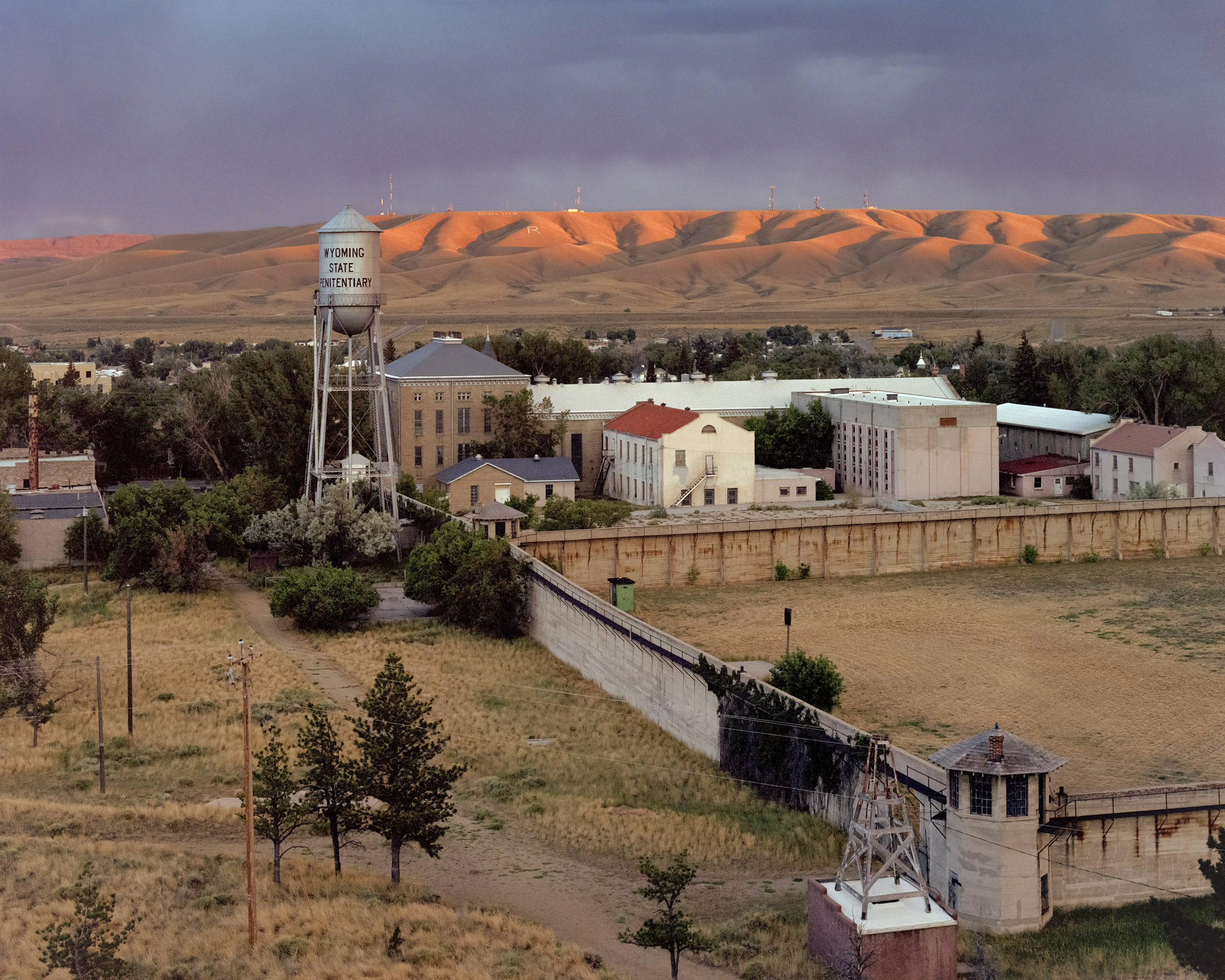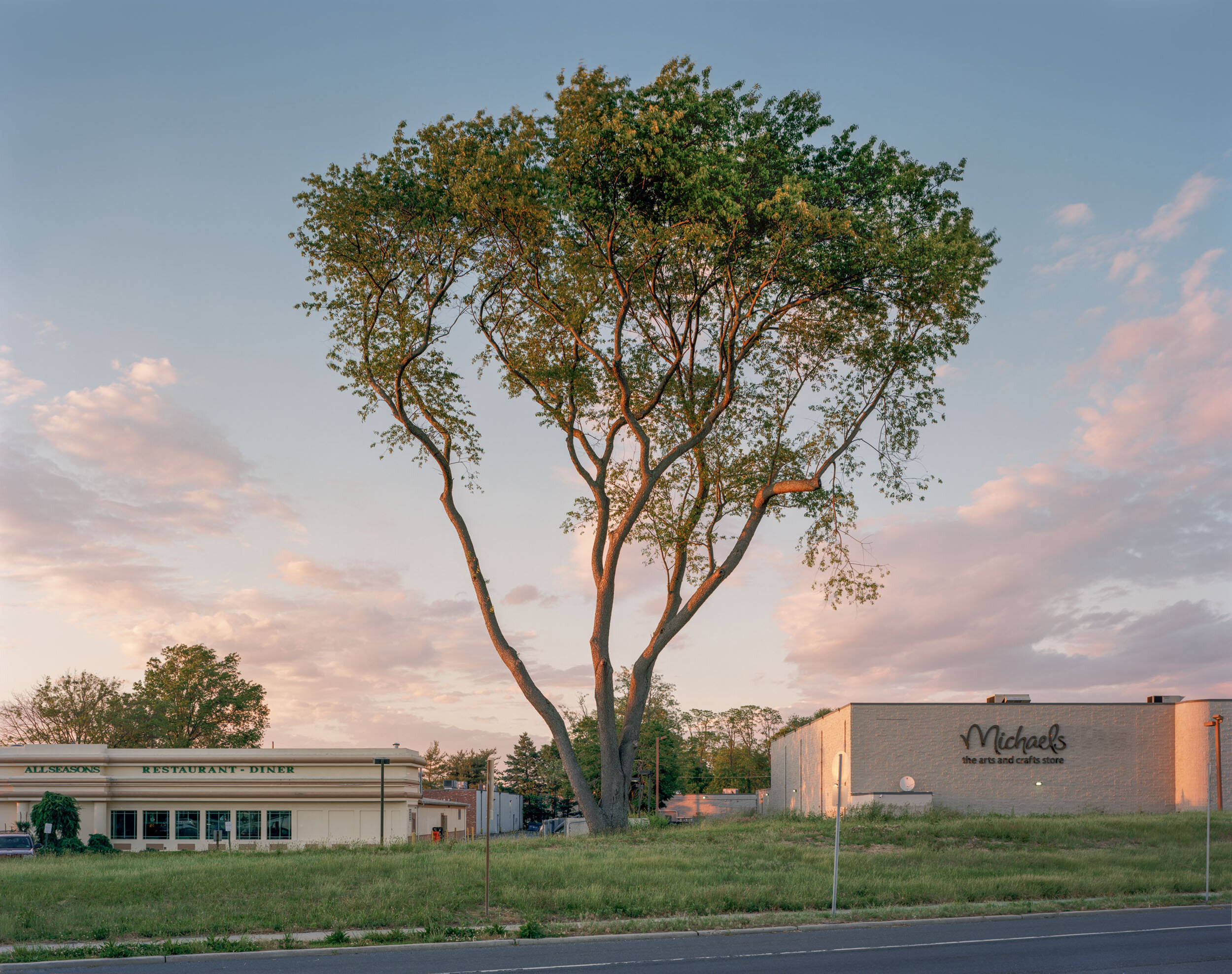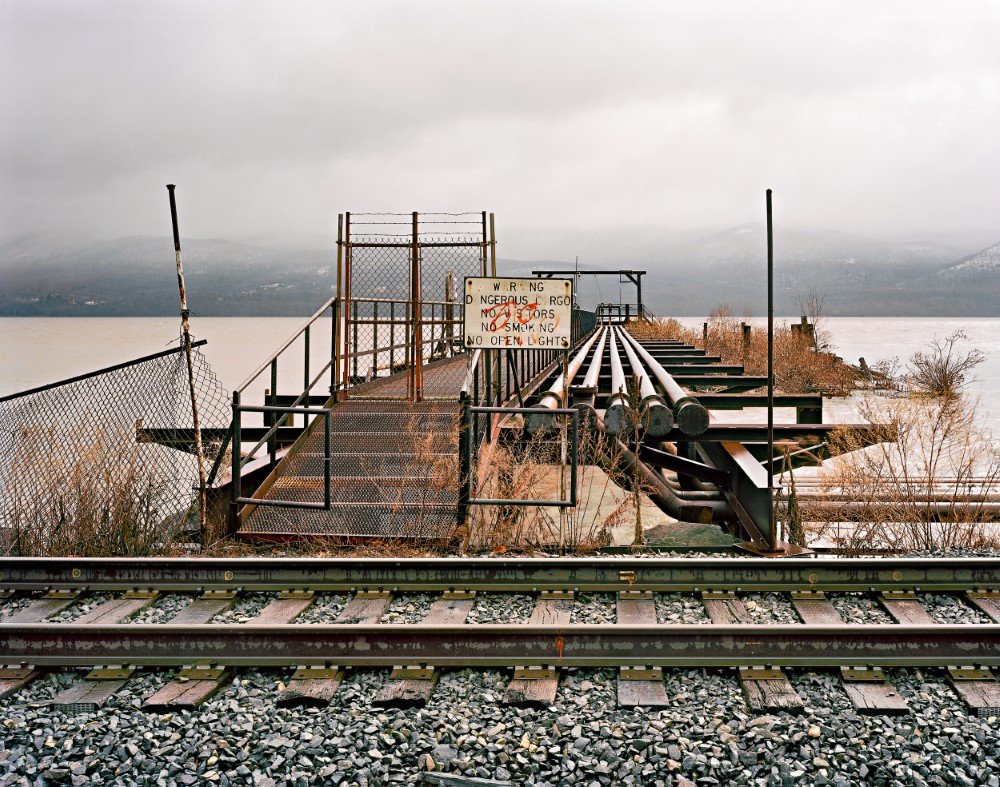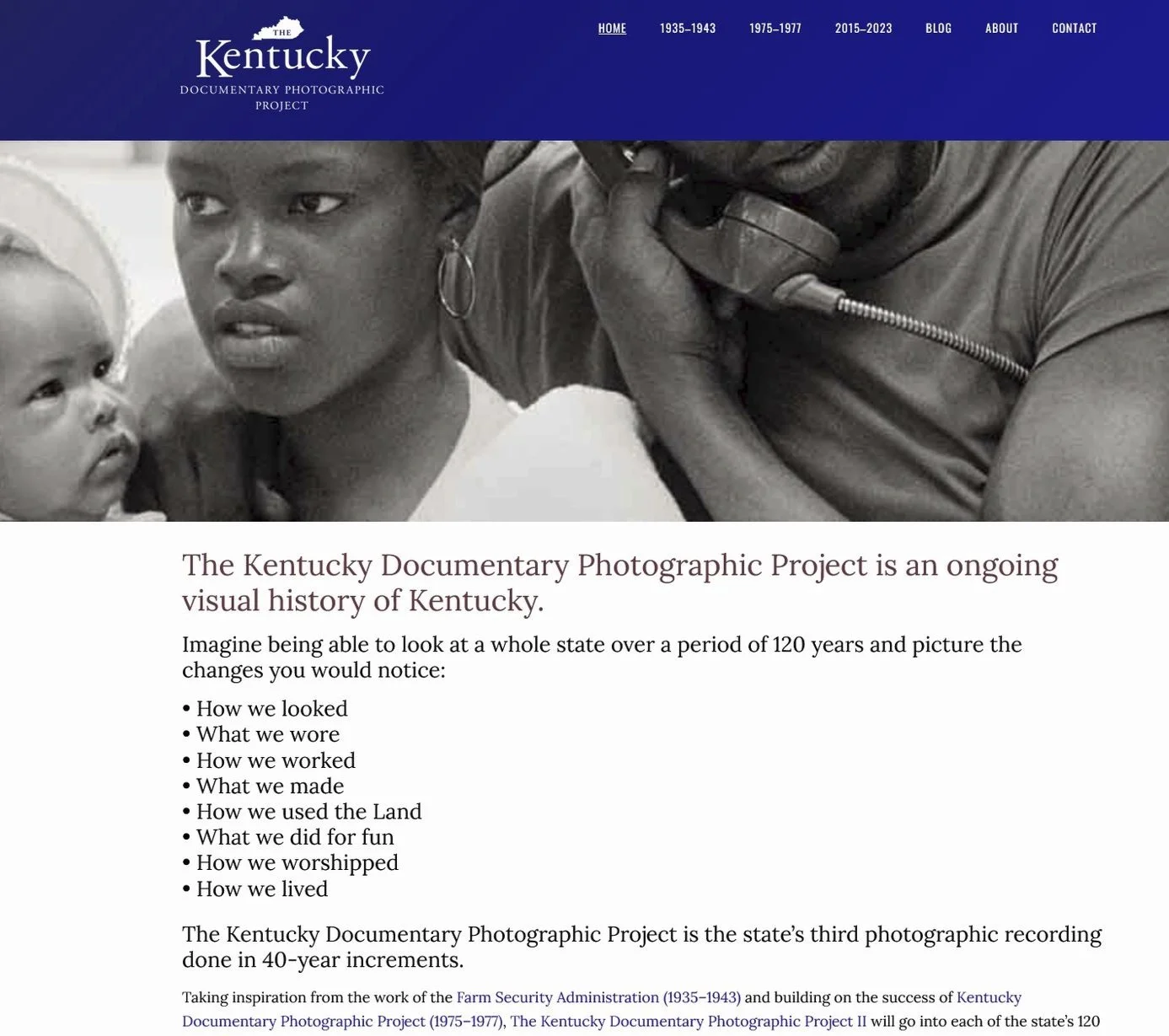The wagon ruts were quieted when the transcontinental railroad was built in 1869. Now people fly, or drive across Interstate Highways missing all the little whistle stops that are quiet along the nearby two-lane roads. Since America's destiny was deemed manifest (for better or worse), the landscape here has often been crossed in search of something more such as: California Gold, Utah Salt, or Oregon Timber. Carbon County, Wyoming was named after extensive coal deposits, when the Union Pacific Railroad began mining the area to fuel its steam locomotives. This is a region where American women first received the right to vote, and bandits such as Butch Cassidy and the Sundance Kid roamed, and robbed.
After an artist residency in 2015, I quickly became enamored with this land. As a native borne New Yorker, it beckoned me to return, and in 2017 as a result I sought employment at a private dude ranch. Wyoming and Carbon County grew ever larger in my imagination after we settled in as a family. Through popular culture I inherited a false mythos of the American West as a place of abundance and adventure. I strove to unburden myself from this flawed perception as I began searching for a notion of a True West shaped through a better understanding of its history. A metaphor within the title revealed itself. Carbon is to unquenchable desire for experience and resource, as County is to its untenable, bordered end.













































































